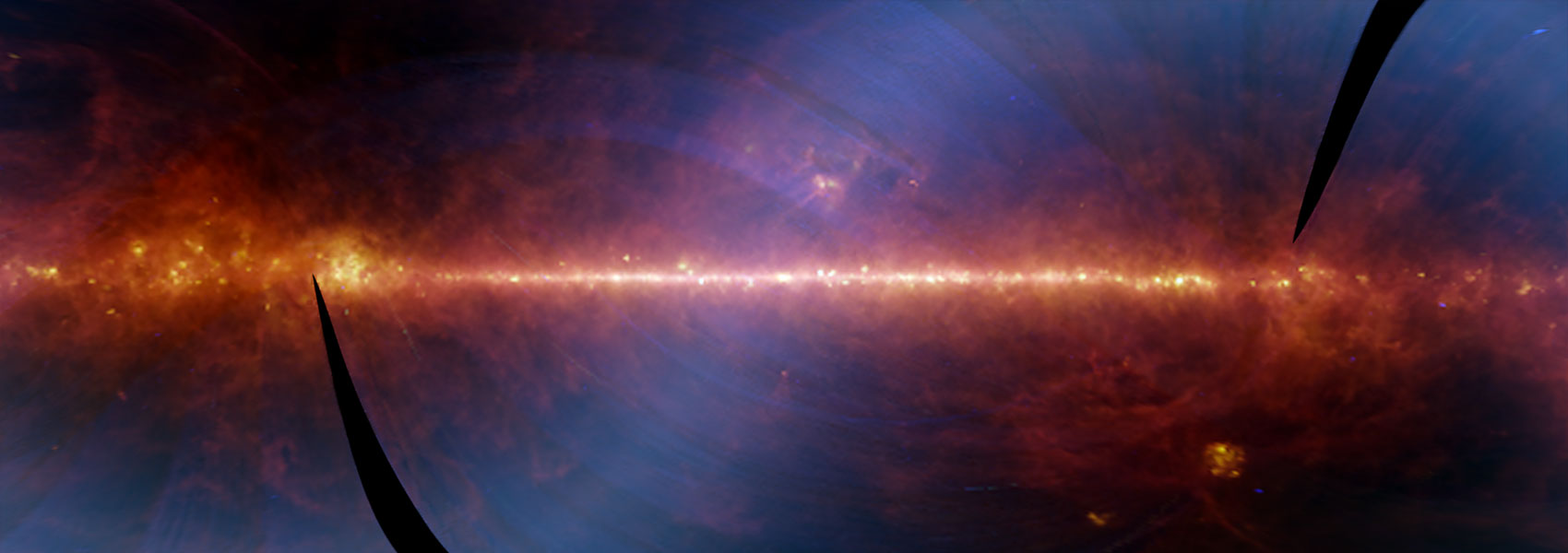November
1996
•
1996ApJ...471L..79L
Authors
•
Lauer, Tod R.
•
Tremaine, Scott
•
Ajhar, Edward A.
•
Bender, Ralf
•
Dressler, Alan
•
Faber, S. M.
•
Gebhardt, Karl
•
Grillmair, Carl J.
•
Kormendy, John
•
Richstone, Douglas
Abstract
•
Hubble Space Telescope WFPC2 images show that the low-luminosity elliptical galaxy companion to M87, NGC 4486B, has a double nucleus that resembles the one discovered in M31. The NGC 4486B nucleus comprises two peaks separated by ~0."15 or 12 pc. Neither peak is coincident with the galaxy photocenter, which falls between them. The nuclear morphology is independent of color; thus, the double structure is not likely to arise from dust absorption. It is also unlikely that the peaks are a binary stellar system (such as an ongoing merger of the nucleus of a less luminous system with the nucleus of NGC 4486B), since the decay timescale is short (<108 yr) and the present environment of NGC 4486B should inhibit mergers. We suggest that the nuclear morphology of NGC 4486B may be explained by the eccentric-disk model of Tremaine, which was originally advanced to account for the central structure of M31. This model requires that NGC 4486B contains a central massive dark object, which is suggested by the spectroscopic observations of Kormendy et al. The eccentric disk might be related to the symmetric disk seen at larger radii.
Links




